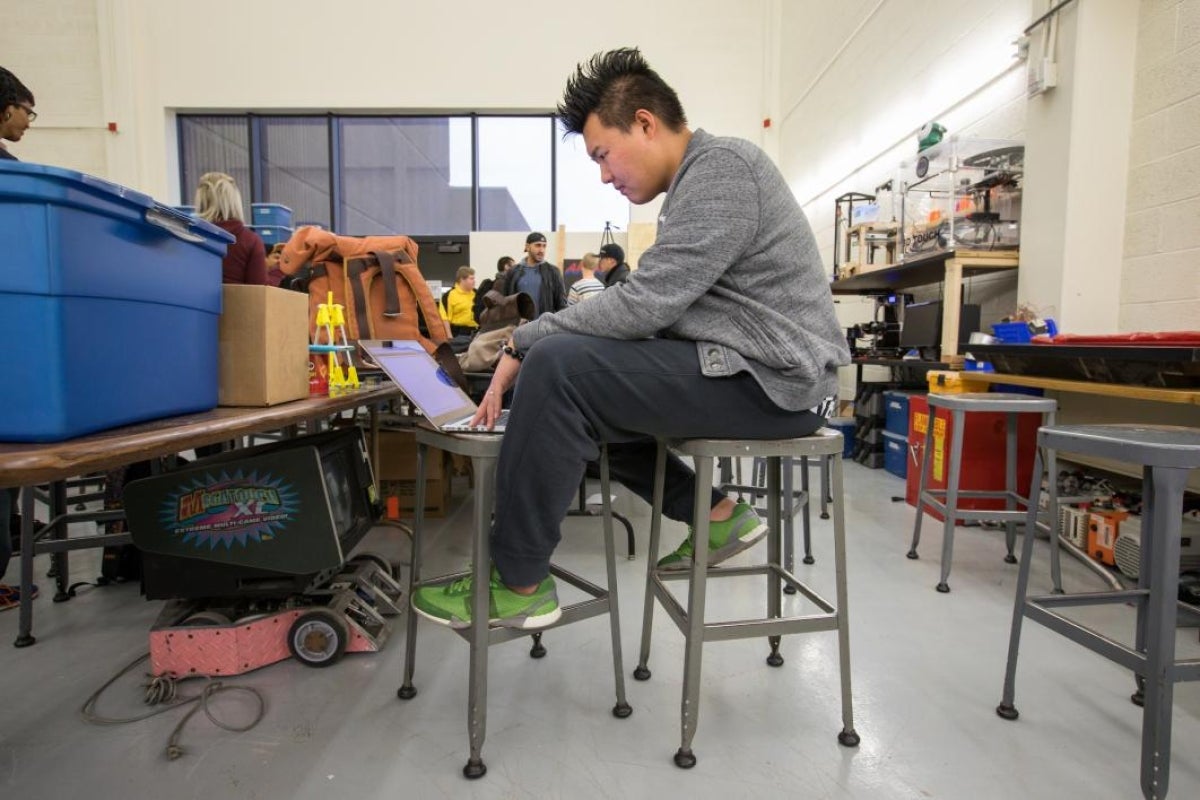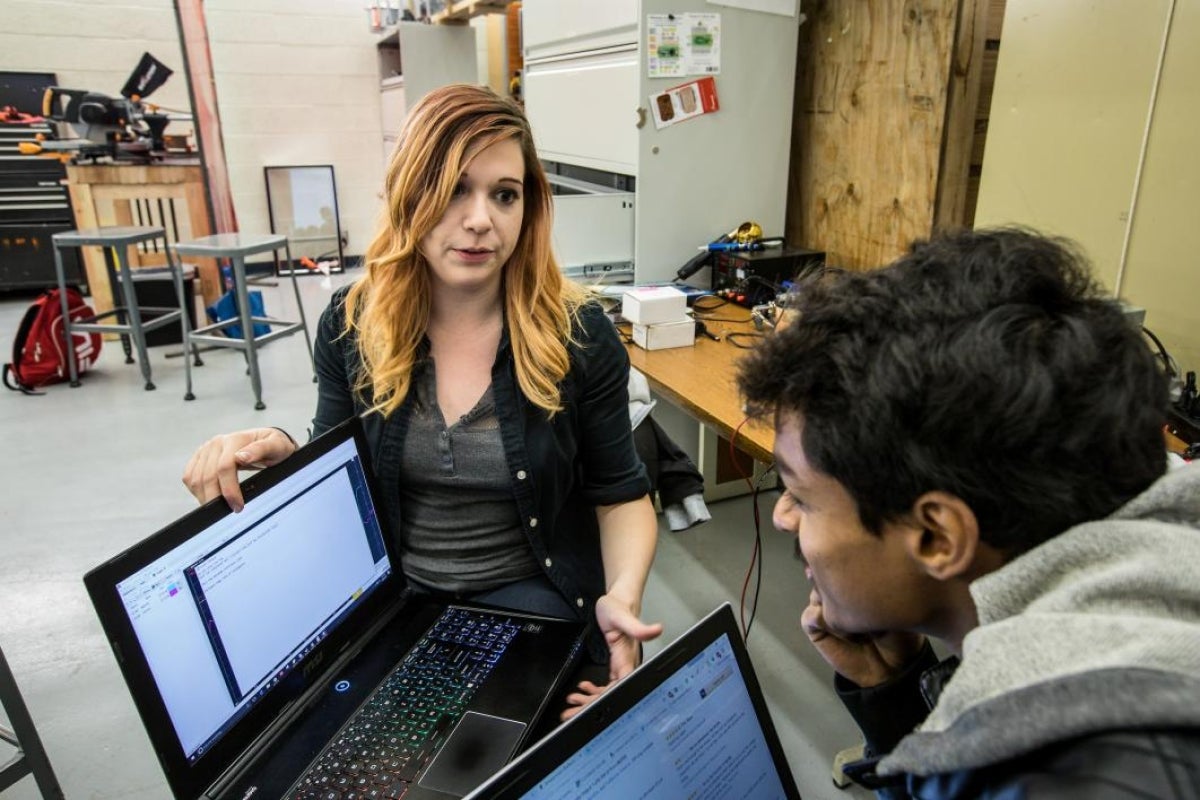A large group of students at Arizona State University has been spending every Friday night trying to figure out how to get to from Phoenix to San Diego — in about half an hour.
Through a SpaceX competition, they’re working on a new form of proposed mass transit called “Hyperloop” that promises to hit speeds of up to 750 mph.
“Picture a plane without wings, called a pod, that resides in a steel tube,” said AZLoop team captain and project lead Lynne Nethken. “The idea is to bring down the pressure in the tube, near vacuum, significantly eliminating the atmospheric drag, allowing it to go much faster.”
The AZLoop team — more than 100 students from ASU (including Thunderbird School of Global Management), Embry-Riddle Aeronautical University and Northern Arizona University — meets at ASU’s Polytechnic campus in Mesa in the hopes of creating a high-speed corridor across the Southwest. The students come from a range of majors that include mechanical engineering, robotics, physics, astrobiology, marketing and business management.
ASU has encouraged the effort by providing dedicated lab space and funding to purchase materials for prototyping. AZLoop has received grants through the Poly Undergraduate Student Government’s Student Fee Allocation Board, and the Print and Imaging Lab worked up a gratis banner and business cards.
As part of the competition, the team recently submitted a design package for faculty review. Next, the students will get ready to present their plans before SpaceX engineers this spring.
With SpaceX approval, “we’ll have the OK to go to the build phase,” said project co-lead Josh Kosar, an undergraduate student in the Ira A. Fulton Schools of Engineering, studying robotics.
If it gets to that point, Nethken and Kosar said their team would construct a Hyperloop test track on the Poly campus.
AZLoop started last year as a project involving about a dozen students who survived a competition round that narrowed the field from about 1,300 teams to about 120.
Nethken and Kosar don’t know their competitors because SpaceX hasn’t released that information. Still, they like their chances.
“We’ve got the right team,” Kosar said. “We’ve got the right backing. We’ve got the resources. The timing is right — it’s going to happen.”
Below: Watch a video of one key component of the Hyperloop system.
More Science and technology

Ancient sea creatures offer fresh insights into cancer
Sponges are among the oldest animals on Earth, dating back at least 600 million years. Comprising thousands of species, some with lifespans of up to 10,000 years, they are a biological enigma.…

When is a tomato more than a tomato? Crow guides class to a wider view of technology
How is a tomato a type of technology?Arizona State University President Michael Crow stood in front of a classroom full of students, holding up a tomato.“This object does not exist in nature,” he…

Student exploring how AI can assist people with vision loss
Partial vision loss can make life challenging for more than 6 million Americans. People with visual disabilities that can’t be remedied with glasses or contacts can sometimes struggle to safely…



